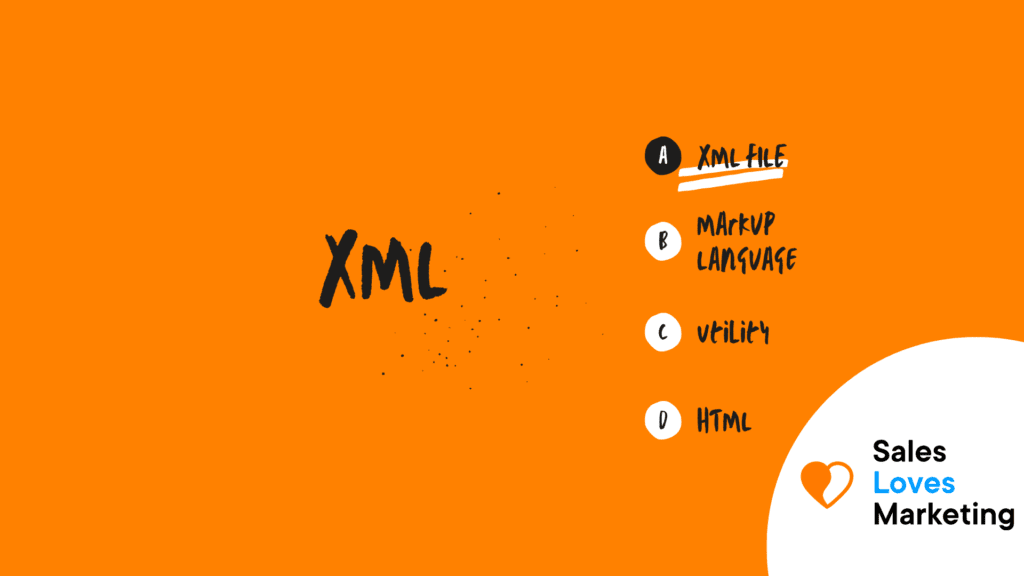What is XML?
Extensive Markup Language (XML) is a markup language, and it functions in a way that it is distinguishable from text and is used to give format to the text to create a set of rules that both machines and humans can read and understand.
Characteristics of an XML file
XML files have a wide variety of notable characteristics, be it how their designs emphasize generality, simplicity, and usability across the web or another of its praise-worthy characteristics, which can be said to be:
- t is superb for managing data with highly complex structures or uncommon data that tables can’t be used for due to all of the various types of data in today’s world are of a structure that can’t be handled using tables. Most of that kind of data has either an extremely complex structure (system logs, e-mail data, etc.) or is uncommon data (product manuals, specification sheets, etc.) that don’t really have a structure.
- Text-Data Description, the XML type of file allows for the translation of data in a text-based format. Since XML utilizes text data, XML data created on a Windows platform can also be used in a UNIX system. Data can be sent back and forth without having to work around operating systems and more differences into account, making it easier for a user.
- XML is a Human- and computer-friendly format; data written in XML is ‘marked-up’ to have it easy to process on a computer and be understood for humans instead of being strings of characters that only specific applications can read and process.
- XML is excellent for Long-Term Storage of Data and reusability; data made from specific applications is useless or really difficult to access if its mother application becomes unusable or discontinued. Meanwhile, the opposite happens with XML as it has no need for a specific application to be made or read, and the data can be saved for a really long time, and it can be transformed into documents of different format or structure.
What is XML used for?
The Extensive Markup Language (XML) is used to give information about data, to describe it. XML is used in various aspects of web development, and it tends to have a lot of presence in that area. It is also used to divide data from how it is shown.
What is the difference between HTML and XML?
Html and XML are not the same; they are two different tools with different goals and purposes.
HTML was designed to show data and display how it looks, with more emphasis on that aspect and its tags are predefined. Meanwhile, XML was designed to describe data, to carry it, and say what data is.
That is to say, that with XML, someone can read data and move it back and forth as needed without needing to take into account different Operating Systems (OS) or specific applications, and with HTML, a user can display data and show how it looks in a web browser,
How to open XML files?
An XML file can be opened by right-clicking the file and choosing “Open With.” In the list of programs, any program compatible with XML will be shown. It is possible to open the software with Notepad, which is shown in the options, or with another program such as Visual Studio or Excel.
